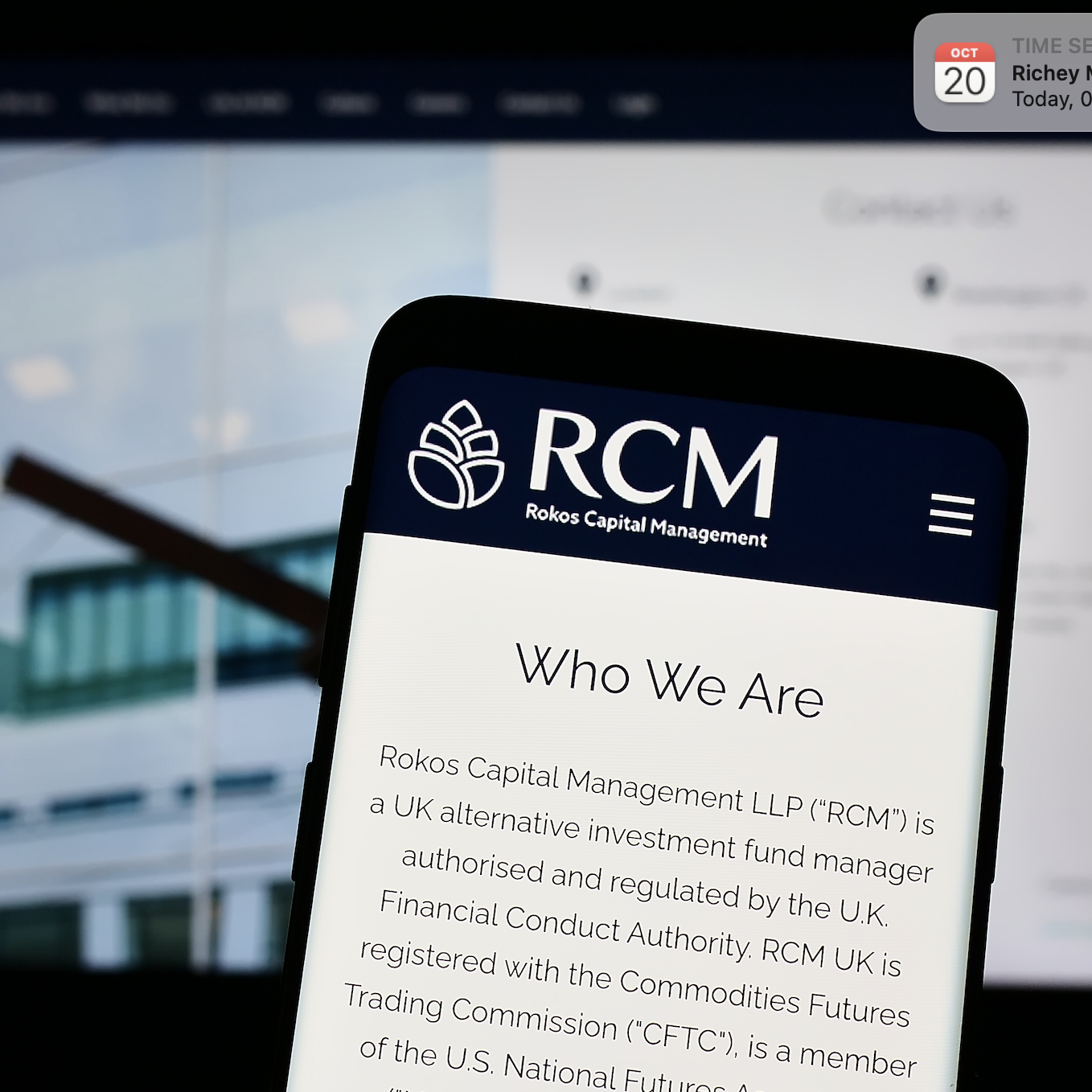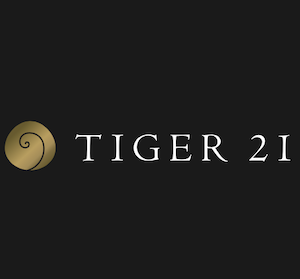PARTNER CONTENT
By Kim Ljung Andersen
Head of Institutional Product Solutions, CMC Connect
It’s no secret that competition among hedge funds has become increasingly intense. The ramifications are manifold, but one outcome is clear – it has become harder for investment firms to find success by specialising in a single trading instrument or asset class.
Ten years ago, a hedge fund firm could focus on a particular market, or even a single instrument, and generate an attractive return. Today, few firms can do this effectively. The market is evolving, and hedge fund managers’ toolkits need to adapt quickly.
In some ways, the fallout is straightforward. Many hedge fund managers that have thus far focused on one or two instruments have now found they need to diversify into a multi-asset shop. In turn, this drives the need for a more complex system and operation. Hedge fund managers today have an increasing need to access a multi asset environment, where they can research, invest, and thereafter monitor with flexibility, in a safe and prudent way.
For many investment managers operating an institutional setup, we find there is a recurring missing element – a single place to trade multiple asset classes and, at the same time, easily monitor and control margin requirements. Yes, there are platforms where asset managers can purchase equities, bonds, mutual funds, and other cash products in a siloed or even multi-asset environment – and this, of course, remains important – but few that suit the wider toolkit of the contemporary institutional hedge fund.
For example, an investment manager with exposure to a specific market, sector, or even single instrument may want to manage or reduce some of that risk. There can be multiple ways of dealing with this, but the basic requirement is the same for all – an accessible and transparent overview, which effectively allows them to see all their exposure and margin requirements in a quick and consolidated approach. Then, by combining this ‘big picture’ view with a broader array of tools, they can then act on it, decisively – such as through contracts for difference (CFDs) for hedging.
The opportunity for greater transparency and control is a core benefit of having everything in one place. The siloed approach, whereby having one place for cash products, another one for CFDs and potentially a third place for futures and options don’t give investment managers or hedge funds any real benefits, simply because it is limiting their mobility and decisions making at the core.
Buy, build, and integrate
How are modern managers looking to achieve a system that offers this? Historically, the decision facing investment managers has been ‘buy or build’. Which can be translated into either building and managing the technology in house, or buying something off the shelf, installing it, and working with it.
Today, with the expertise available in-house and externally, the approach is more akin to ‘buy and build’; purchasing multiple off-the-shelf technologies that can be easily adapted and integrated with other systems to create a bespoke solution. This allows the modern managers to buy a standardised system and functionality or even outsource them to specialised vendors. Then add their own ‘secured source’, by building the IP on top of the solution.
Research we conducted in collaboration with Coalition Greenwich this year on buy-side trading technology builds, found that ‘hybrid proprietary/vendor’ (aka buy and build) was the most popular approach among investment managers, used by more than 40%. Second was ‘propriety, built in house’ (aka build) on 24%, followed by ‘non-broker, third-party vendor-provided’ and ‘broker-provided’ (both aka buy) on 17% and 15%, respectively.
As noted in that CMC/Greenwich report, Trading Technology Unveiled, the decision to build in-house is partly influenced by AUM. Only 15% of managers surveyed with AUM <$500m run fully proprietary systems, versus 33% of those with AUM $1bn+. However, as we noted in our 2021 research on the use of OEMS systems, many larger managers are now working with third-party platforms to access lower costs and broader functionality.
Embracing change
Outside the US, few places understand this shift towards the multi-asset, buy-and-build environment better than the Middle East. Not because of where the region’s investment industry has been – it remains an emerging one utilising many manual processes – but because of where it’s going, who’s arriving, and perhaps primarily, its progressive mindset.
Culturally, the Middle East is attuned to, ready for, and welcoming of change. Especially in Dubai. It is a mindset that stems right from the top. We’ve seen it in the sports and leisure industry via the influx of football players and music stars. We’re now increasingly seeing it in the financial services industry.
The findings of our recent research report in collaboration with Hedgeweek, Beyond Dubai, showed a high proportion of multi-asset managers showing an interest in the region. Of the 20% of global hedge fund firms surveyed with or considering a Middle East presence, more than one quarter were global macro strategies.
Furthermore, among the 30 largest hedge fund firms by AUM globally, six have a presence in the Middle East (20%). And among the eight largest multi-strategy shops in the US, six have a presence (75%).
A desire for change and the influx of progressive, multi-asset hedge funds are reasons why the Middle East is a key market – among others – for our multi-instrument trading platform, CMC Connect; an expanded offering for which soft launched last month.
Traditionally, CMC Markets has been a retail shop, and that industry remains a hugely important part of what we do. But we are evolving beyond that by addressing the challenges of the institutional industry. CMC Connect is designed for forward-looking investment firms and financial centres.
We have a plan going forward. Modern hedge fund managers need a technological infrastructure that allows them to plug and play; to easily adapt and integrate with other systems. This has been our goal – to build all-encompassing technology that is easy integrate. Only by finding a system that offers quality and adaptability can a hedge fund manager ensure its trading operation is truly futureproof.
Kim Ljung Andersen is the Head of Institutional Product Solutions at CMC Connect, responsible for the design and functionality of the Connect trading platform. Prior to joining CMC Connect in 2022, Kim spent 18 years at Saxo Bank as a multi-asset solution specialist, developing and integrating the white label offering for the institutional market.








